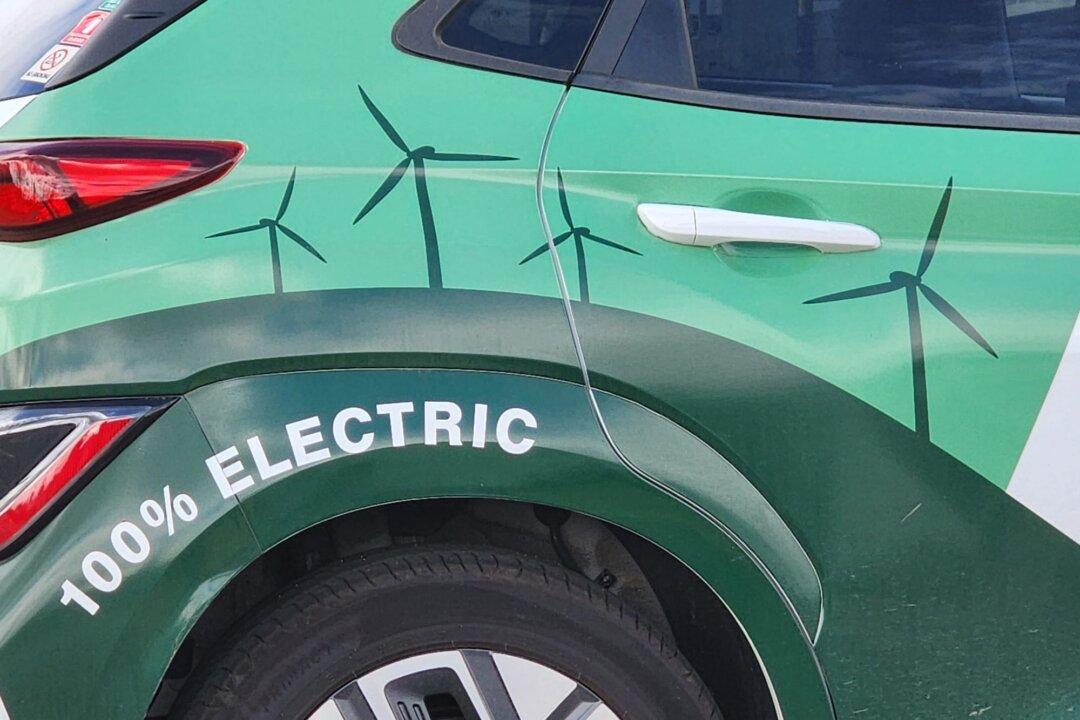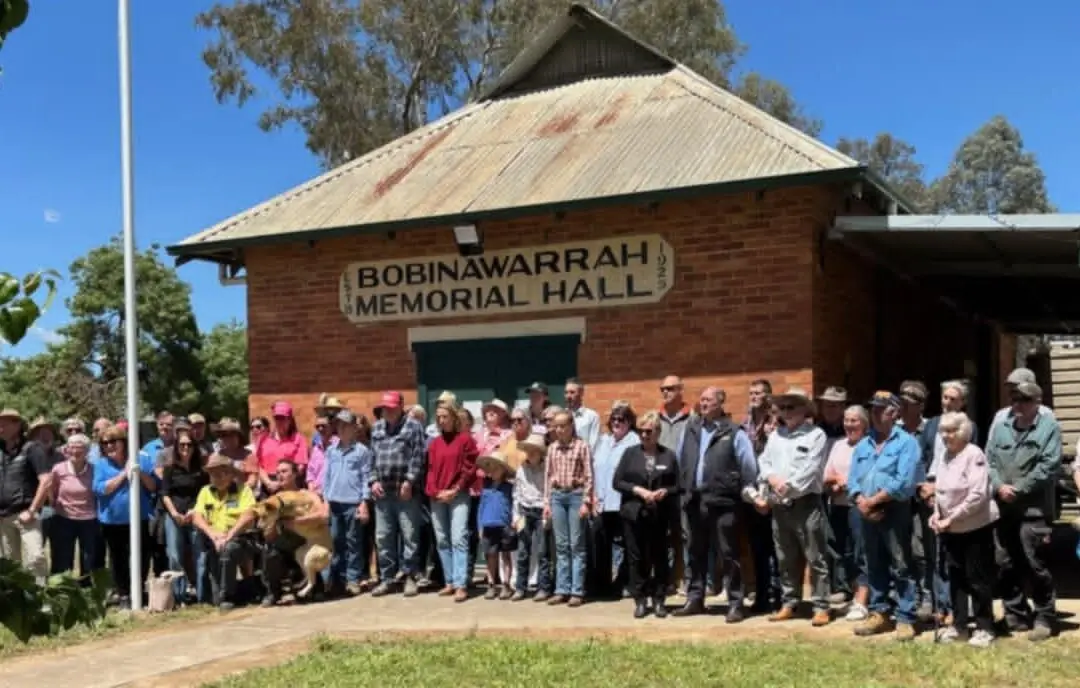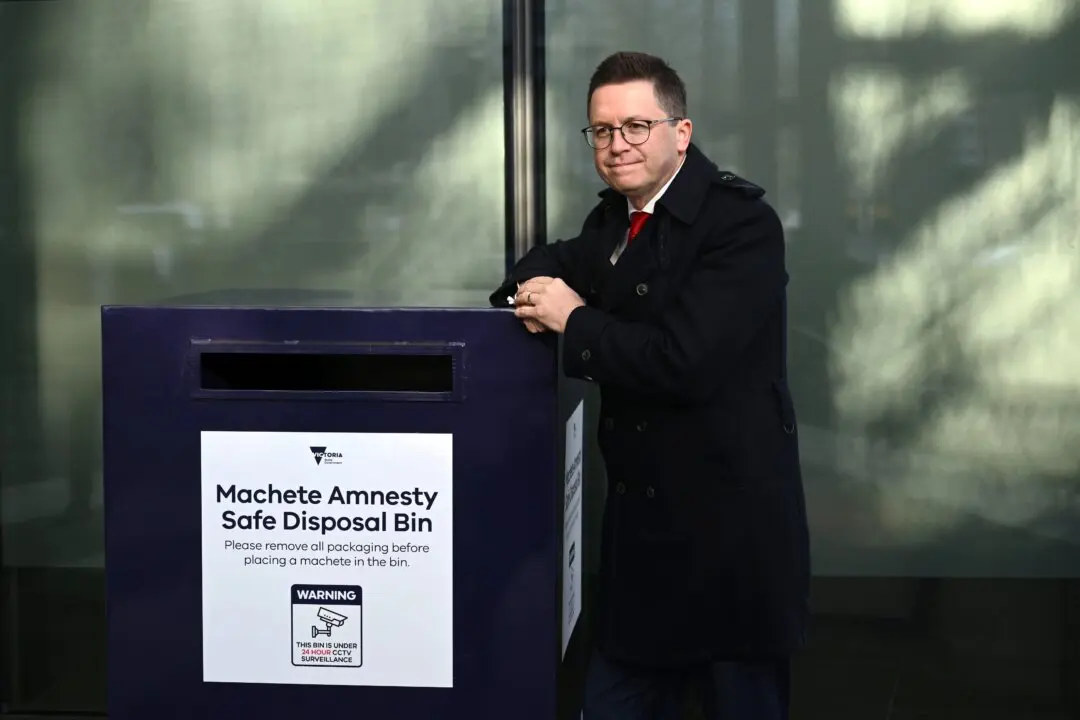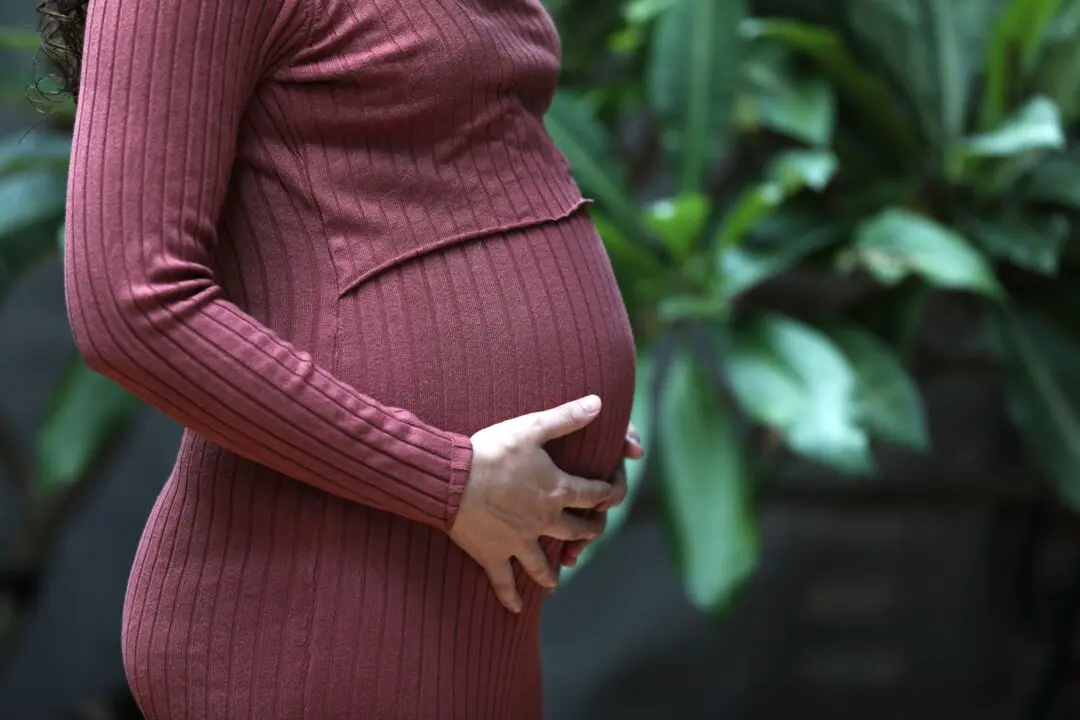Australia needs to have a serious discussion on diversifying its power grid—while reconsidering its rapid journey toward net zero—otherwise a major mishap with the country’s electricity supply could occur.
This is the view of leading energy and resources analyst Saul Kavonic, who said the constant back-and-forth on policy by federal and state governments is severely damaging the economic prosperity of the nation.





